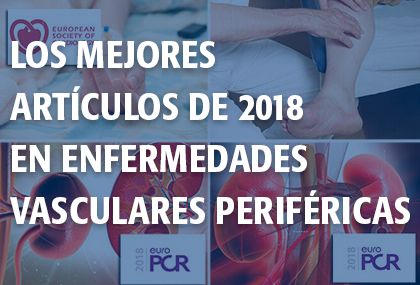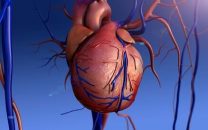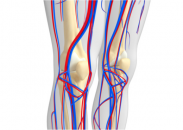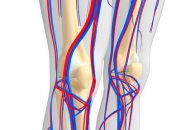1- What’s New in the European Guidelines on Peripheral Arterial Disease Since the last version of the European guidelines on the diagnosis and treatment of peripheral arterial disease in 2011, there have been many trials and registries that warrant guideline adjustments in many aspects. The first novelty is the teamwork that gave way to these…
Long Term Effect of Low Dose Paclitaxel Coated Balloon
The beneficial effect of low dose drug coated balloons with paclitaxel is sustained in time according to this randomized study. In a nutshell, this study has shown a significant statistical difference in favor of paclitaxel coated balloons vs. conventional PCI at 2 years. The safety and efficacy of new generation low dose drug coated balloons…
Exercise Programs in Peripheral Artery Disease
Programmed exercises are recommended as initial management strategy for patients with peripheral artery disease (PAD). Most exercise programs include supervised treadmill walking twice or three times a week in a strategic facility (such as a gym). PAD patients often give up on these programs seeing as they might find it difficult to keep to a…
Frailty: What Happens When We Are Too Late in Critical Lower Limb Ischemia
This condition, now “trending” among patients undergoing transcatheter aortic valve replacement (TAVR), has expanded to almost all patients we treat, always with the same outcome: the prognosis is bad, so bad that it might warrant making the difficult decision of not going forward. The association between frailty and bad prognosis is easy to see and…
HIV and Peripheral Artery Disease: Acknowledging the Association
The role of human immunodeficiency virus (HIV) in the development of vascular disease (specifically peripheral artery disease) remains unclear. Is the virus per se the direct cause of this disease or is it a consequence of dyslipidemia, one of the adverse effects of antiretrovirals? This study looked into the effect of HIV infection on peripheral…
Frailty and Critical Limb ischemia: Facing a New Challenge
Courtesy of Dr. Carlos Fava. Critical limb ischemia is the final stage of peripheral vascular disease and is associated to pain at rest, trophic lesions, and gangrene. It is also associated to amputation and reduced mobility. When it happens in frail patients, it presents a challenge. This population is on the rise and there is…
Mortality in Peripheral Vascular Disease Drops Due to Revascularization
This cohort study shows that, from 2006 to 2015, the overall survival rate increased and the risk of major amputation decreased following lower limb revascularization. These population observations indicate that outcomes after lower limb revascularization have improved during the assessed period, and so have the centralization and specialization of interventional services. The availability and diversity…
What Is the Prognosis for Reinterventions in Critical Lower Limb Ischemia?
Infrapopliteal (below the knee, BTK) percutaneous transluminal angioplasty (PTA) has been acknowledged as a useful strategy in chronic critical limb ischemia (CLI), but artery calcification severity results in considerable restenosis. Repeat PTA and the management of trophic lesions help with wound healing. However, this conduct has not been extensively assessed. This study enrolled 152 patients (175 limbs)…
Lesion Targeting Seems to Be the Secret in Critical Ischemia
Ulcers that do not heal, thus threatening the integrity of a lower limb in patients with critical ischemia, is a main concern. Sometimes, despite successful revascularization, major amputation cannot be prevented. The anatomical description of angiosomes started in the 70s as a way of optimizing tissue grafts. Angiosomes are basically blocks of tissue that include…
Pharmacological balloons in femoropopliteal territory passed time testing
Endovascular revascularization has become the main strategy for symptomatic patients with peripheral arterial disease in femoropopliteal territory. Conventional balloon angioplasty is effective in gaining lumen but has a restenosis rate to up 60% at 12 months. Implantation of conventional stents reduced restenosis to almost half, but presented problems such as thrombosis, stent fracture and difficulty…









